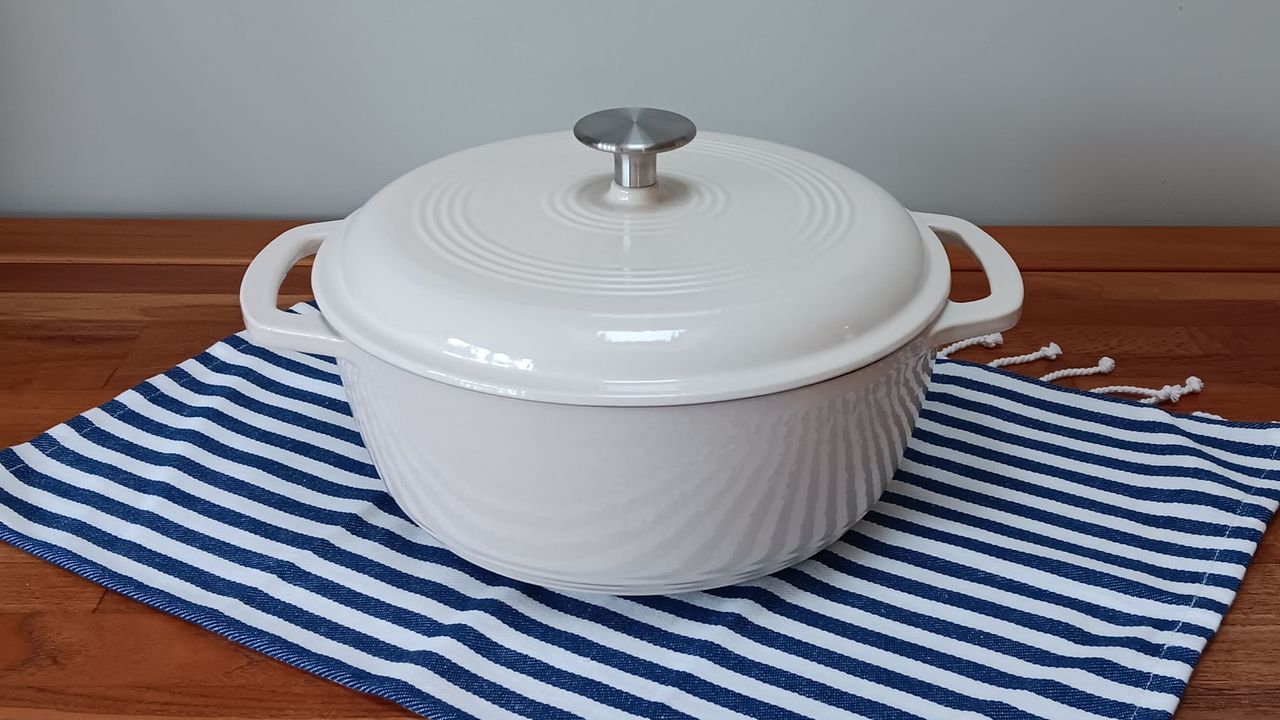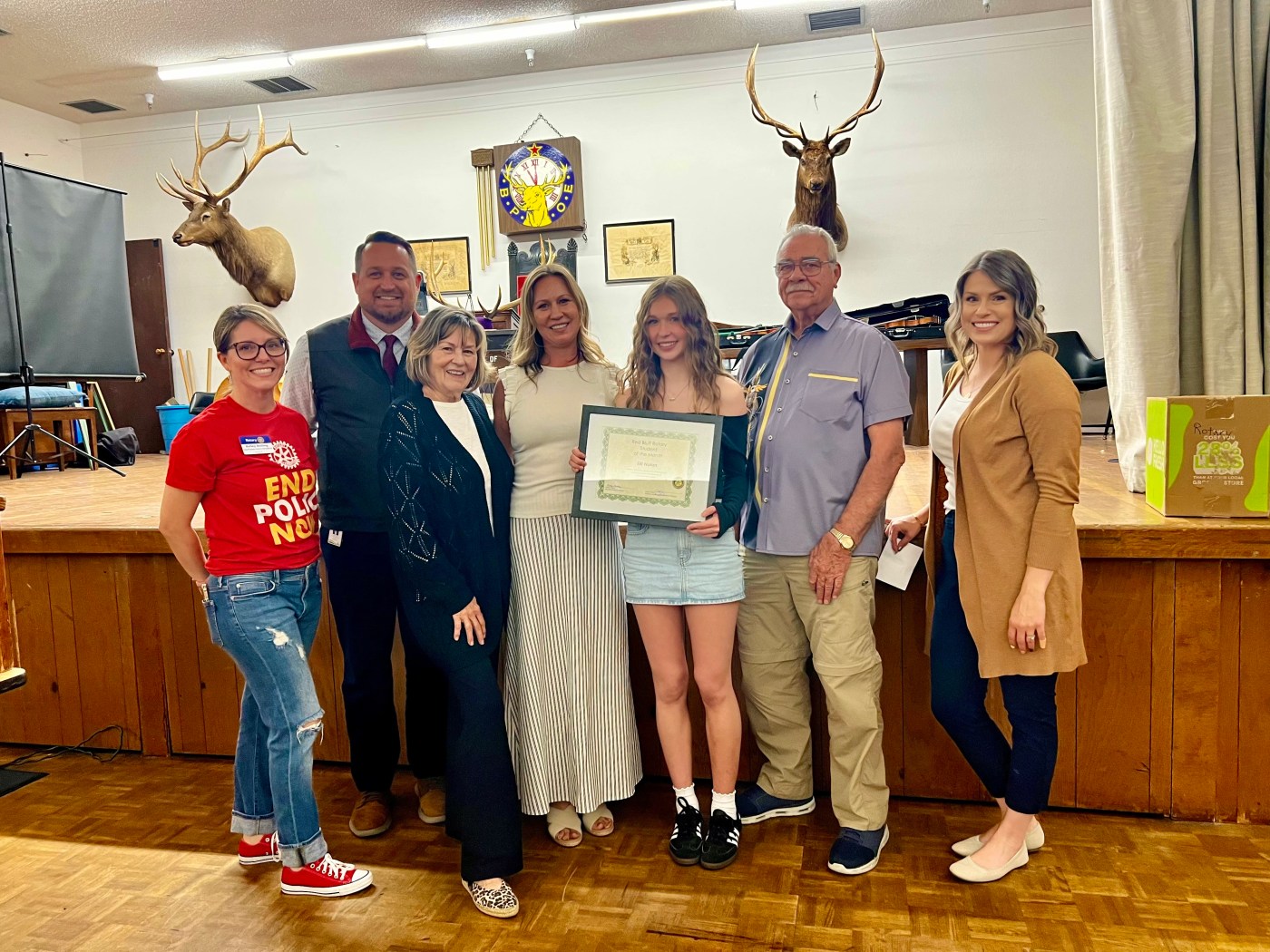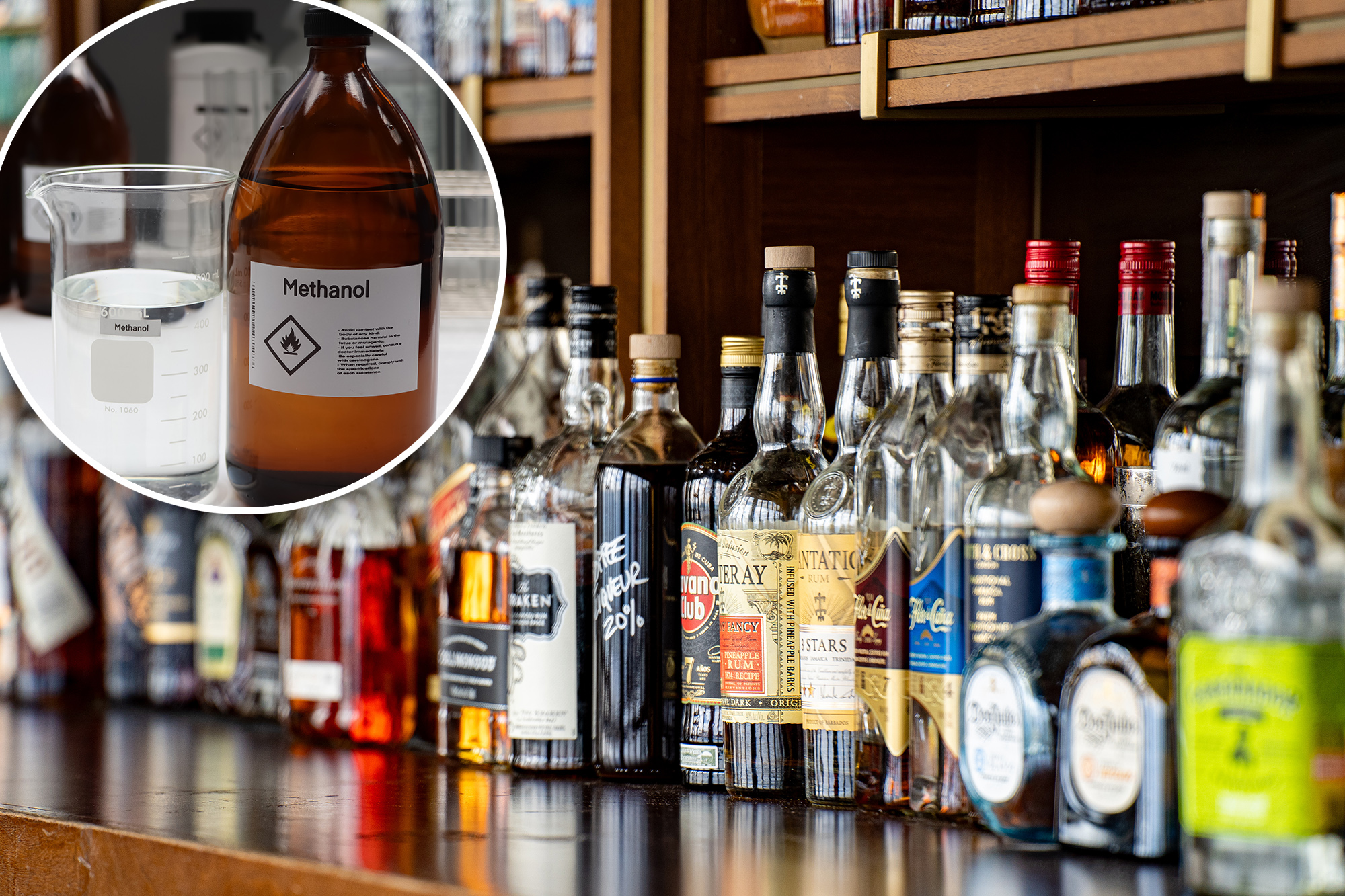A growing number of home cooks are transitioning from non-stick pans to cast iron cookware, prompted by concerns over durability and health. One enthusiast describes her journey from using traditional non-stick pans, which had become scratched over time, to embracing the versatility of cast iron.
Initially hesitant about the cooking dynamics with cast iron, she has since found that her decision was beneficial. While she does not utilize a traditional cast-iron skillet that requires seasoning, her go-to is an enameled cast-iron Dutch oven, which she uses nearly every day. This cookware, while often more expensive than its traditional counterpart, offers a vibrant aesthetic that can brighten any kitchen. For instance, the popular 5.5-quart Signature Round Dutch Oven from Le Creuset retails for approximately $321 on Amazon. Budget-conscious consumers may opt for alternatives, such as the Amazon Basics 6-quart Dutch Oven, priced around $49.
Benefits of Cast Iron Cookware
The transition to cast iron cookware is often motivated by several key advantages. One of the most appealing aspects is its non-stick properties. Unlike conventional pans that may release harmful chemicals when scratched, cast iron provides a safe cooking surface, which is particularly attractive to those concerned about PFAS in non-stick coatings.
Another significant benefit is heat retention. Cast iron maintains temperature evenly, preventing the formation of hot spots. This characteristic is particularly useful for slow-cooking hearty meals during colder months. As winter approaches, many find themselves relying more on their cast-iron cookware for warming stews and casseroles.
Versatility and Longevity
The adaptability of cast iron cookware is another reason for its growing popularity. Cast iron can seamlessly transition from stovetop to oven, making it ideal for one-pot meals. Whether searing meat on the stove or finishing a dish in the oven, cast iron is designed to withstand high temperatures, including those from campfires or grills. This flexibility distinguishes it from many non-stick pans, which often cannot be used in the oven.
Durability is a hallmark of cast iron cookware. With proper care, traditional cast iron can last a lifetime, while enameled versions also promise longevity, albeit with the caveat that chipped enamel may necessitate replacement. For example, a 10.25-inch traditional cast-iron skillet from Lodge costs around $24, whereas an 11-inch enameled counterpart retails for about $60.
Lastly, cast iron cookware is compatible with induction cooktops, thanks to its magnetic iron properties. This feature allows users to continue using their cast iron pieces even if they switch to an induction cooking system, further solidifying its status as a versatile kitchen staple.
As more individuals explore the benefits of cast iron cookware, it becomes clear that this enduring choice not only enhances culinary experiences but also addresses health and environmental concerns. With options ranging from budget-friendly to high-end, there is a cast iron solution for every kitchen.







